
Mezcal Artesanal
Make no mistake, Mezcal is an acquired taste. The smokiness can overpower your senses, like a fantastic peat whiskey. But once you embrace the smoke, your palate sensors will find and thoroughly enjoy the very complex flavors that offer fruity, herbal, floral, and spicy characteristics.
Showing 1–12 of 39 results
-
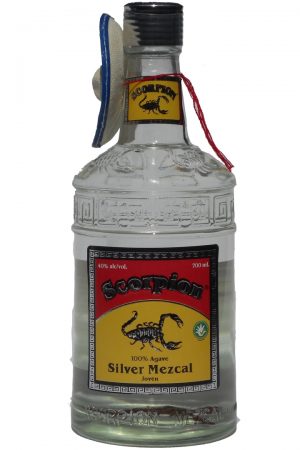
Scorpion Mezcal Silver
-
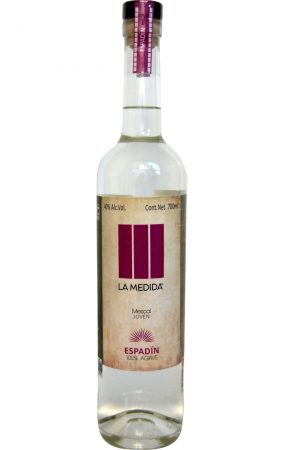
La Medida Mezcal Espadin
-
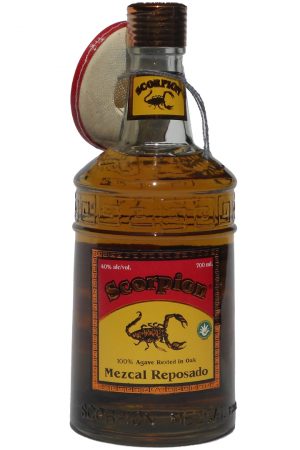
Scorpion Mezcal Reposado
-
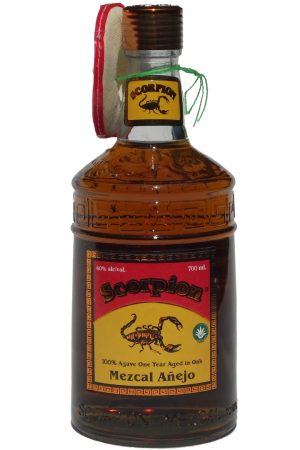
Scorpion Mezcal Anejo
-
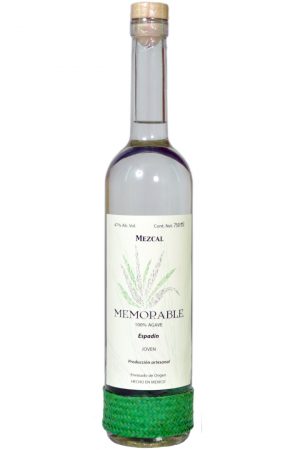
Memorable Mezcal Espadin 2
-
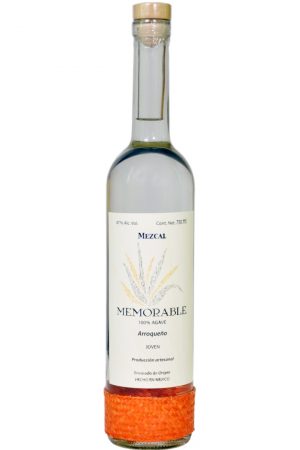
Memorable Mezcal Artesenal Joven 100% Arroqueño Agave – Box with 12
-
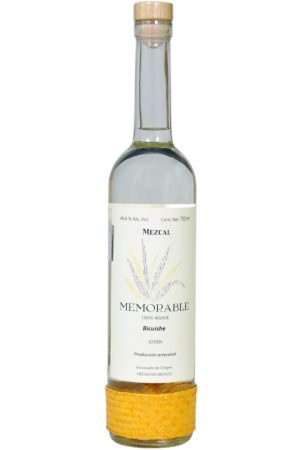
Memorable Mezcal Artesenal Joven 100% Bicuishe Agave – Box with 6
-
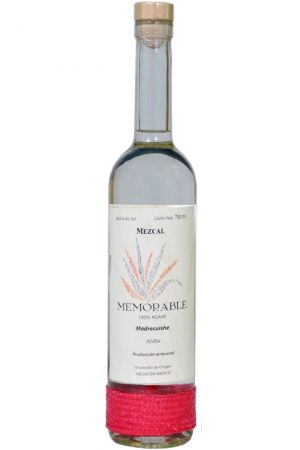
Memorable Mezcal Artesenal Joven 100% Madrecuishe Agave – Box with 6
-

Memorable Mezcal Artesenal Joven 100% Tepeztate Agave – Box with 6
-
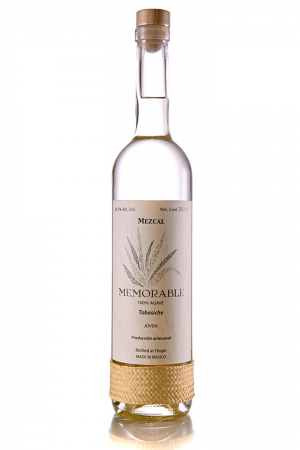
Memorable Mezcal Tobasiche
-
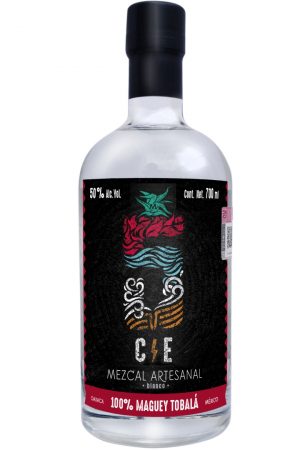
Cinco Elementos Mezcal Tobalá
-
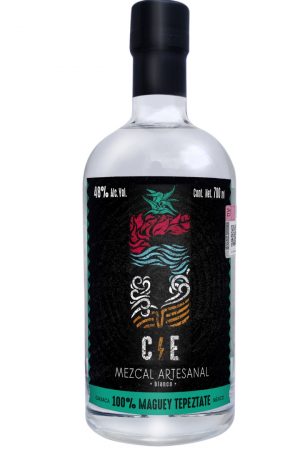
Cinco Elementos Mezcal Tepeztate
